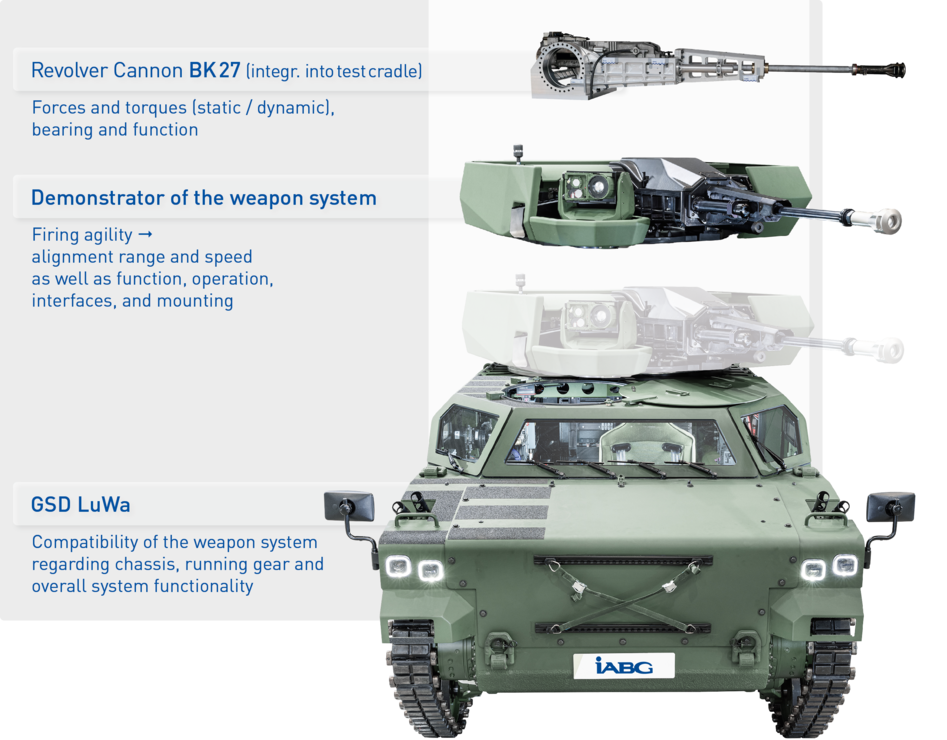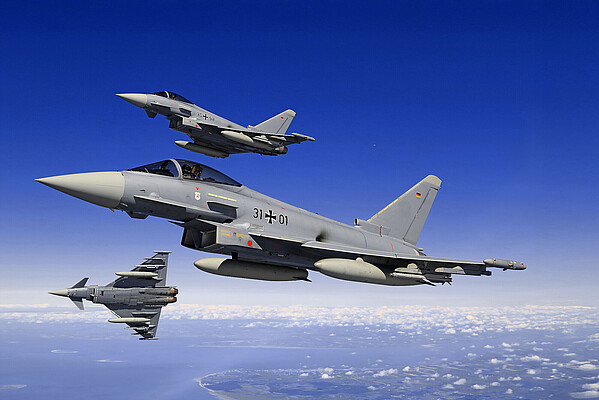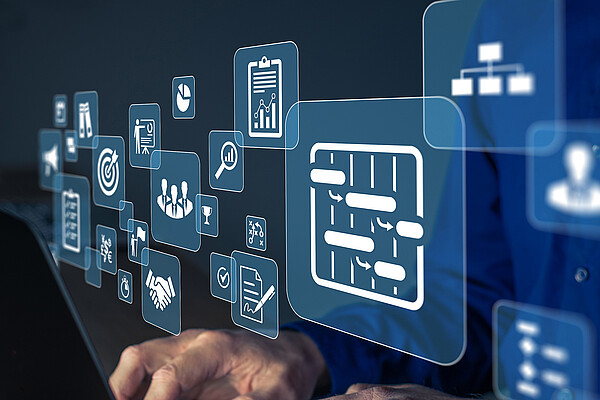Model-based Systems Engineering and Digital Twin: A Highly Efficient Combination
When perfection is paramount, detailed planning and realistic rehearsals ensure all actions are coordinated and executed according to plan. This principle is mirrored by the Digital Twin: virtual replicas of physical products enable the optimization of development, procurement and maintenance processes. By simulating the entire lifecycle - from development to decommissioning - errors are minimized, and resources are used efficiently.
Following a significant shift in policy and strategy, investments in defence have increased substantially. However, the growing complexity of military equipment demands new tools for more controlled and efficient operations. The Digital Twin provides this capability - from requirements analysis to procurement decisions and ongoing operations.
At the core of the Digital Twin is the ability to process and analyze product or process-related data to derive valuable insights and recognize patterns. Simultaneously, a detailed 3D model of the physical object is created, continuously updated with real-time data. This enables precise simulations of various scenarios and thus predictions about future behavior or performance.
Based on the analyses and simulations conducted, specific improvement suggestions can be developed and then transferred to the physical object. These changes are reflected back into the Digital Twin, creating a continuous improvement cycle. This constant interplay between the physical and digital worlds opens up new opportunities to improve and innovate.
Simulate, then Decide
The benefits are diverse: for example, during the design phase, changes can be made virtually rather than on a physical prototype, drastically shortening development cycles. Requirements can be defined more precisely and immediately assessed for feasibility. The technology also allows for a more effective exchange of information and therefore a closer cooperation between the military, the engineers and the suppliers. The Digital Twin proves especially valuable in crisis situations: when faced with rapidly changing threats, it can analyze in just a few hours how adjestments to equipment or tactics would impact the situation, providing a crucial strategic advantage.
A specific example of the successful use of this technology is the development of the 'LuWa' (Airmobile Weapon Carrier) Overall System Demonstrator (GSD). Led by IABG, the project aims to explore concepts and technologies for a successor to the Wiesel 1 weapon carrier. The demonstrator was realized from idea to final acceptance in just 25 months - a speed made possible only through the Digital Twin.
Close coordination between the project partners - the German companies ACS and FFG and the Slovenian company Valhalla Turrets - allowed the parallel development of subsystems such as armament, propulsion and chassis, and the testing of various concepts. As the client, the Federal Office of Bundeswehr Equipment, Information Technology and In-Service Support (BAAINBw) was involved in the planning and development status at all times.




